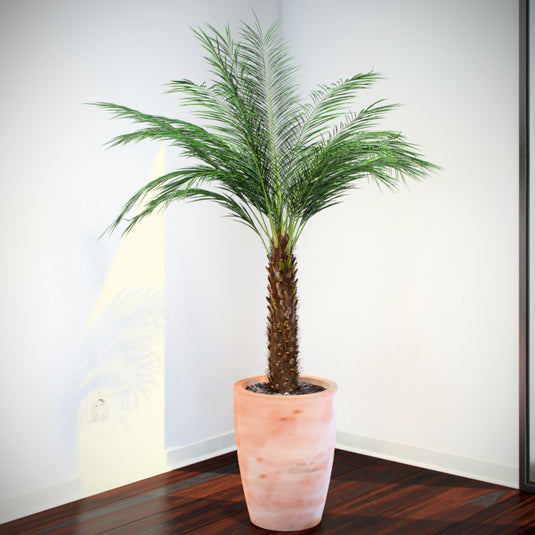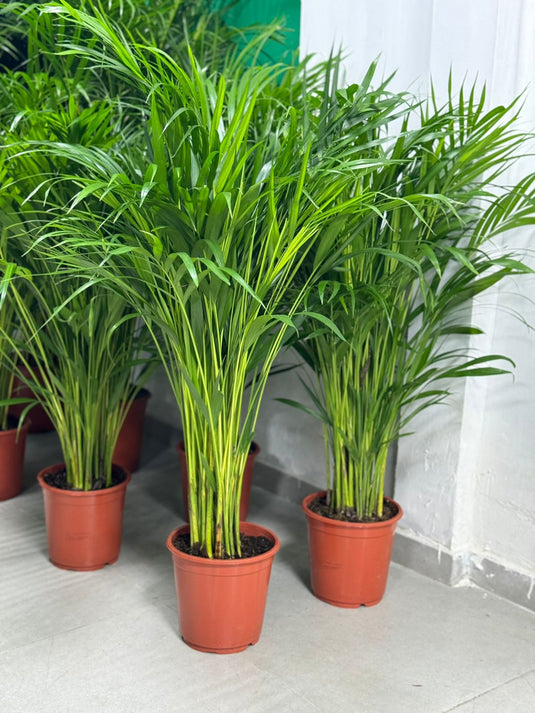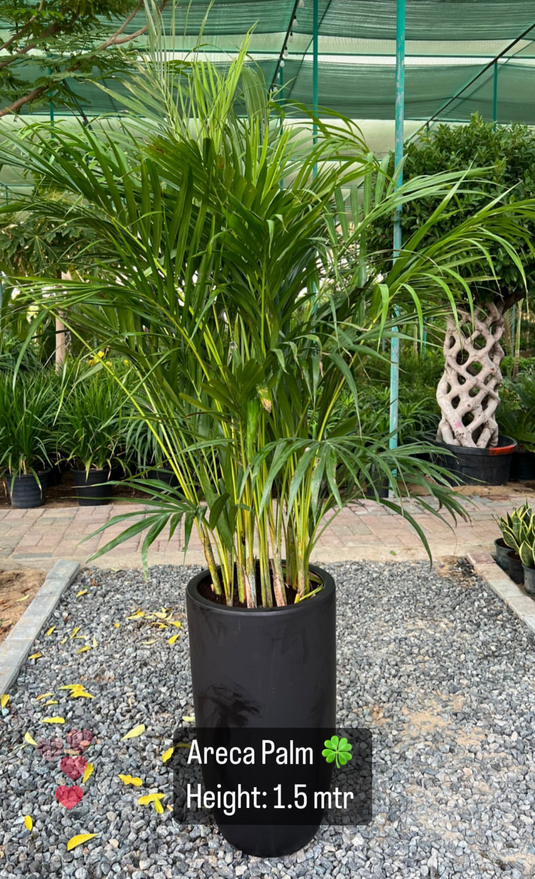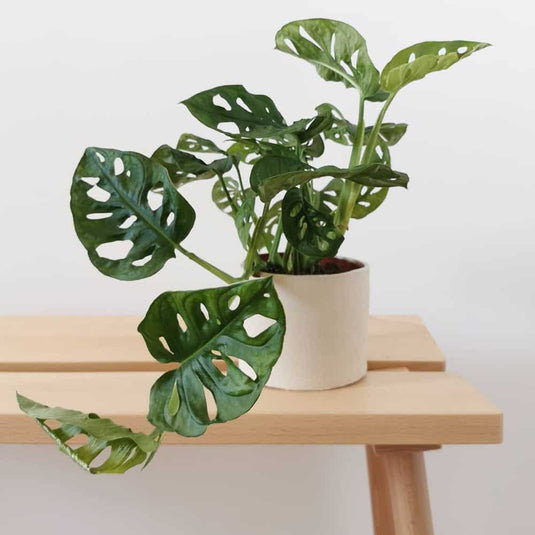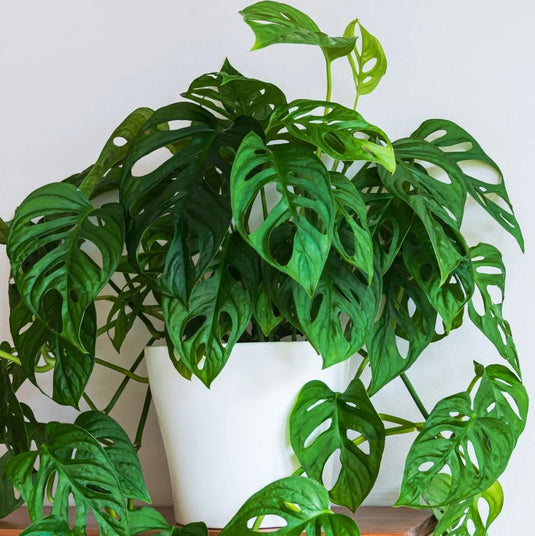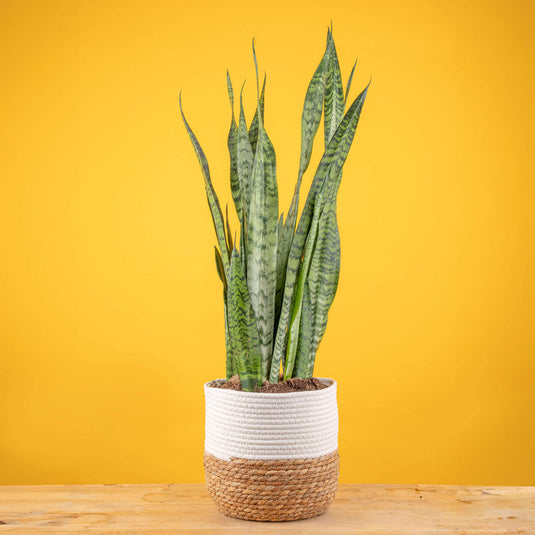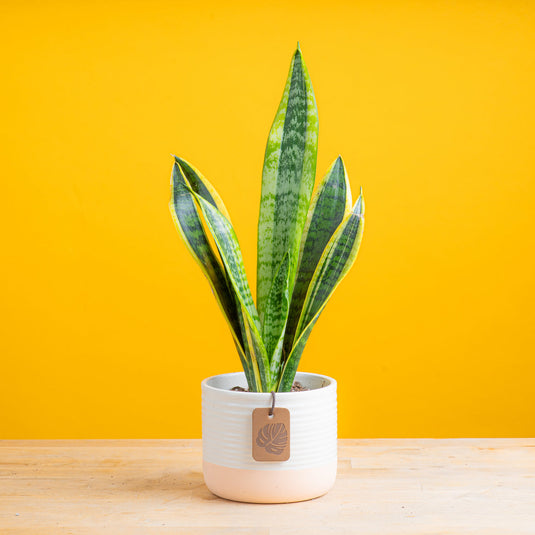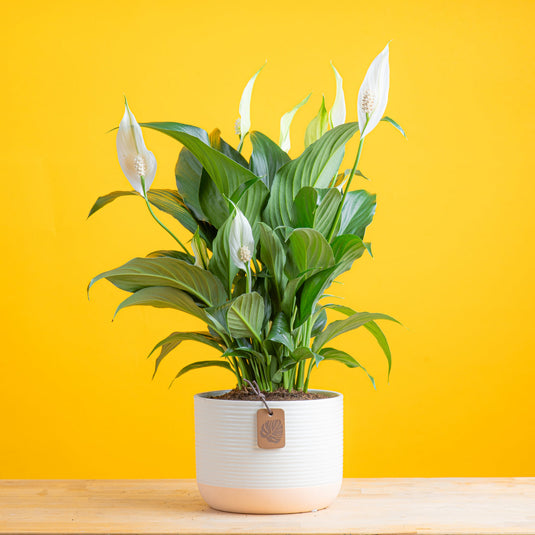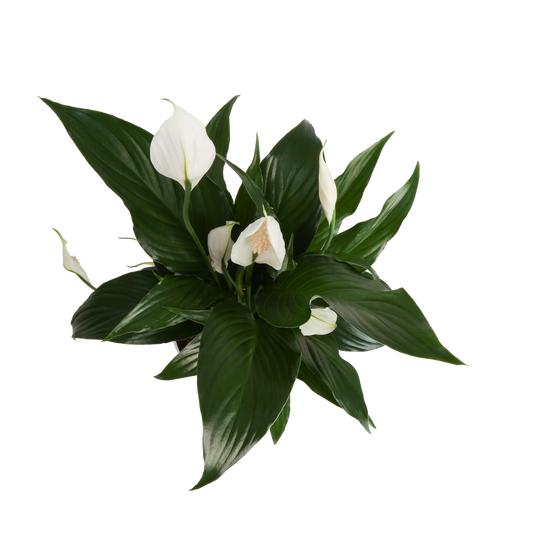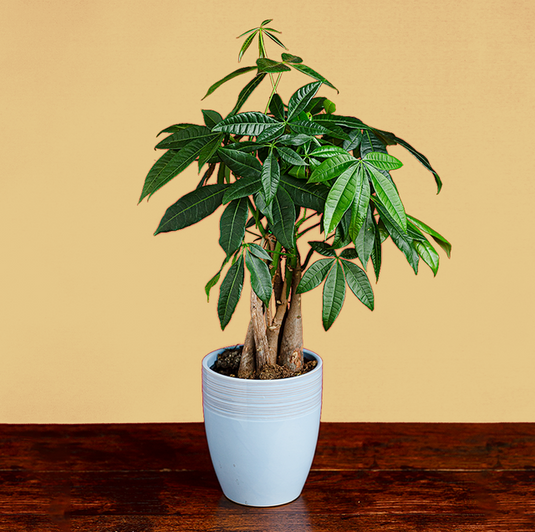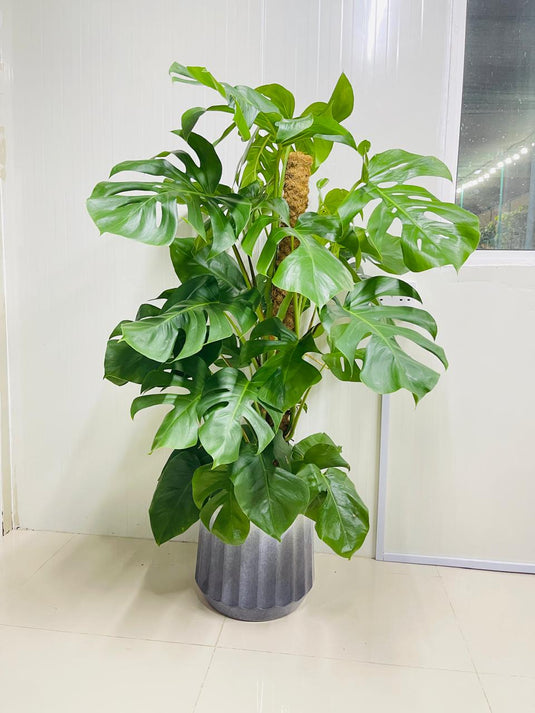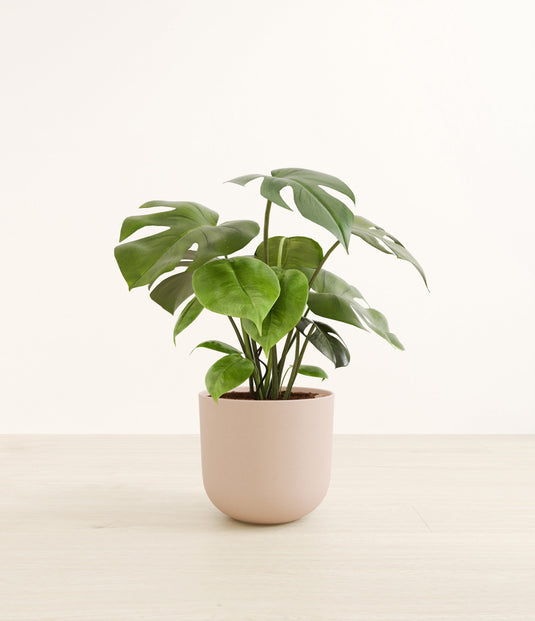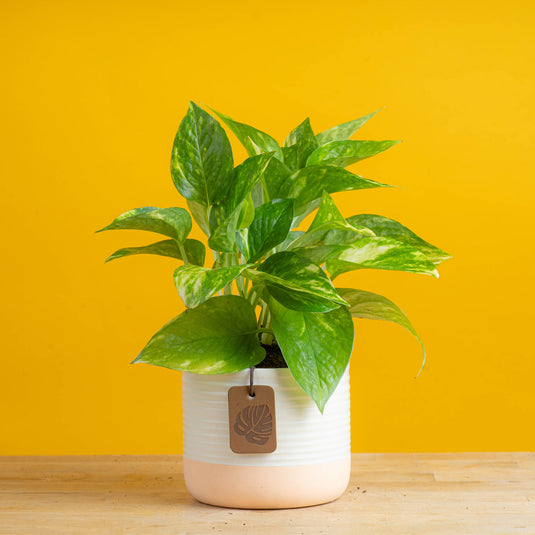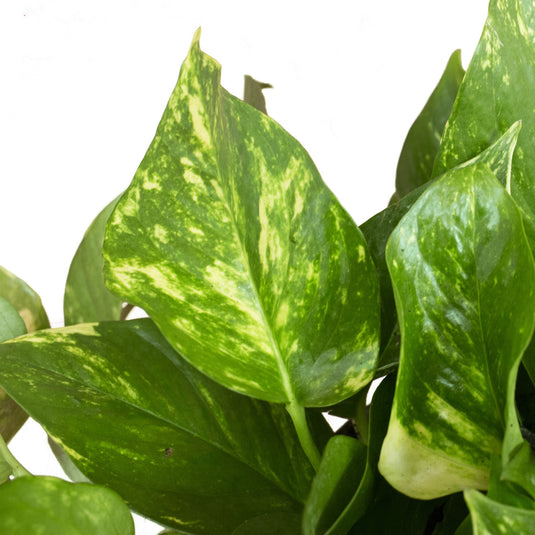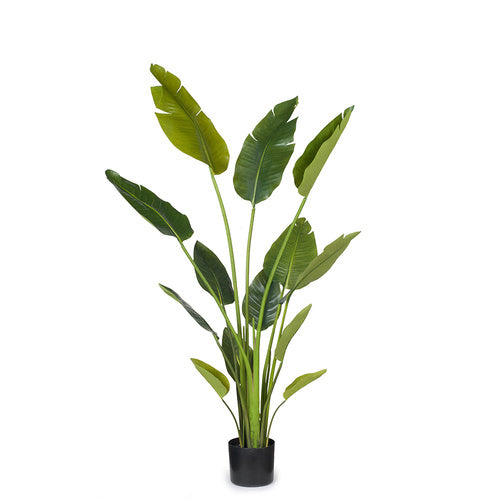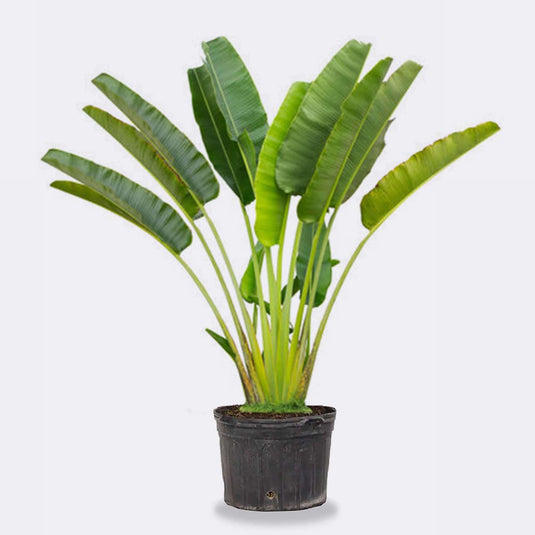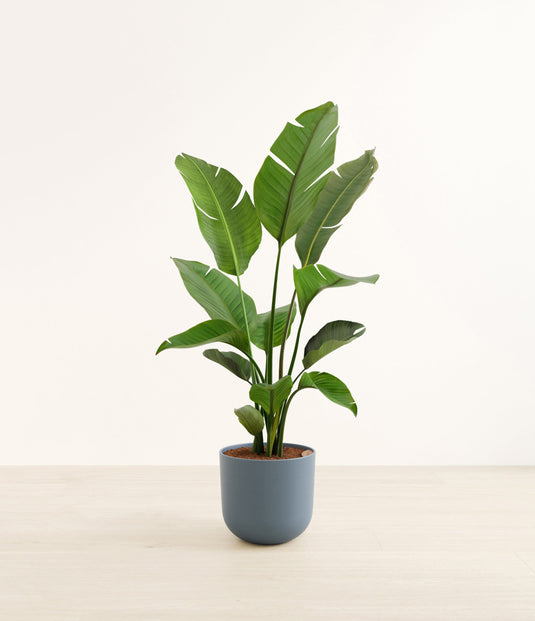Phoenix Palm
- Healthy Arrival Guarantee
- Free Plant Care Consultation
- Safe & Secure Payment

We will send you a notification as soon as this product is available again.
-
Estimated delivery: Nov 03 - Nov 07
-
Free return within 7 days of purchase.
Plant Description
The Phoenix palm refers to several species of palm trees in the genus Phoenix, with the most notable being Phoenix canariensis (Canary Island date palm) and Phoenix dactylifera (date palm). The global market for ornamental palms, including Phoenix palms, is expected to reach approximately $25 billion by 2030.
5 Amazing Benefits of Phoenix Palm
1. Aesthetic Appeal
Phoenix palms are valued for their elegant, arching fronds and stately appearance. Studies show that their presence can significantly enhance the visual appeal of gardens, parks, and urban landscapes (Hernandez et al., 2021).
2. Drought Resistance
These palms are highly adaptable and can withstand drought conditions. Research indicates that Phoenix palms require minimal irrigation once established, making them suitable for arid climates (Kumar et al., 2022).
3. Air Quality Improvement
Phoenix palms contribute to improved air quality by filtering pollutants and producing oxygen. A study found that urban greenery, including palm trees, can substantially reduce air pollution levels (Smith et al., 2023).
4. Edible Fruit Production
The date palm species (Phoenix dactylifera) produces edible dates, which are a significant source of nutrition. Research has shown that dates are rich in vitamins and minerals, offering health benefits (Roberts et al., 2022).
5. Wildlife Habitat
Phoenix palms provide habitat and food sources for various wildlife species, including birds and insects. Studies indicate that these palms support biodiversity in urban and suburban environments (Zavala et al., 2023).
Disadvantages
- Phoenix palms may take several years to reach their full height and flowering potential.
- Regular maintenance may be necessary to manage fronds and ensure healthy growth.
- These palms require adequate space for optimal growth, which may limit their placement in smaller gardens.
- Phoenix palms can be susceptible to certain pests and diseases, necessitating monitoring and management.
Frequently Asked Questions
1. Are Phoenix Palms visually appealing?
Yes, Phoenix Palms are known for their elegant fronds and can significantly enhance landscape aesthetics.
2. Can Phoenix Palms tolerate drought conditions?
Yes, they are drought-resistant and can thrive in arid climates with minimal irrigation.
3. Do Phoenix Palms improve air quality?
Yes, they filter pollutants and produce oxygen, contributing to better air quality.
4. Do Phoenix Palms produce edible fruit?
Yes, the date palm produces edible dates, which are nutritious and beneficial for health.
5. Do Phoenix Palms provide habitat for wildlife?
Yes, they offer food and habitat for various wildlife species, supporting local biodiversity.
Final Verdict: Should I Buy Phoenix Palm?
Yes, the Phoenix Palm offers significant aesthetic, environmental, and ecological benefits for landscaping.
Plant Care
Watering
Water your plant once a week or when the soil starts to feel slightly dry on the surface. Keep the soil consistently moist, but be careful not to overwater, as this can cause brown spots and leaf drop. If the leaves become curly or dry, it's a sign that the plant needs water. It's best to water your plant in the early morning or late evening when the temperatures are cooler. Always check the soil before watering.
Light
Provide bright indoor light or indirect sunlight for about 6 to 8 hours a day.
Temperature
Maintain temperatures between 18°C and 24°C. Avoid exposing the plant to drafts, as these can cause undesirable temperature fluctuations. Mist the plant occasionally, about twice a week, to help maintain optimal humidity levels.
Fertilizer
Apply liquid fertiliser every 15 days when the plant is actively growing. For best results, use Folikraft ready-to-use Indoor Plant Food.
